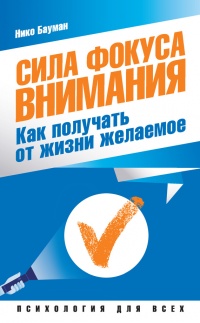Книга Мой продуктивный мозг. Как я проверила на себе лучшие методики саморазвития и что из этого вышло - Кэролайн Уилльямс
На нашем литературном портале можно бесплатно читать книгу Мой продуктивный мозг. Как я проверила на себе лучшие методики саморазвития и что из этого вышло - Кэролайн Уилльямс полная версия. Жанр: Книги / Психология. Онлайн библиотека дает возможность прочитать весь текст произведения на мобильном телефоне или десктопе даже без регистрации и СМС подтверждения на нашем сайте онлайн книг knizki.com.
Шрифт:
-
+
Интервал:
-
+
Закладка:
Сделать
Перейти на страницу:
Перейти на страницу:
Внимание!
Сайт сохраняет куки вашего браузера. Вы сможете в любой момент сделать закладку и продолжить прочтение книги «Мой продуктивный мозг. Как я проверила на себе лучшие методики саморазвития и что из этого вышло - Кэролайн Уилльямс», после закрытия браузера.
Книги схожие с книгой «Мой продуктивный мозг. Как я проверила на себе лучшие методики саморазвития и что из этого вышло - Кэролайн Уилльямс» от автора - Кэролайн Уилльямс:
Комментарии и отзывы (0) к книге "Мой продуктивный мозг. Как я проверила на себе лучшие методики саморазвития и что из этого вышло - Кэролайн Уилльямс"
























